|
So after the last post on feedback I recieved a few messages asking about how I was using the feedback sheets in lessons and how I was using them for KS4 so here it is. Part of my focus this year has been developing this process, and there are still some small aspects that I beleive need ironing out but it is currently maneageable and effective which has been my aim from the start. The main thing that I am doing now to gauge what feedback I give is using topic assessments every 2 weeks. The examples shown below are after a 2 week stretch on simultanous equations with a high achieving KS4 set, at the time of the assessment we had covered algebraic linear and quadratic simultaneous equations and done a small amount on graphical linear simultaneous equations. The only feedback I give now is on these assessments, after all if a student gets 20 questions wrong in their books on a particular subtopic and this has helped lead to mastery when completing the assessments, why bother marking all those mistakes when everything is self assessed in class time and they now understand it as proven by the assessment? I am strongly of the opinion that these periods of self assessment are incredibly powerful and I insist that all work must be marked and corrected in class so that I can conduct my AFL during classtime. After the class has done the assessment I get these marked and fedback on for the next upcoming lesson, this particular set took me 1 hour and 33 minutes (I was asked to time it by a member of the department, so no.. I am not that sad), it took me slightly longer than usual as some of the methods and feedback elements were slightly more complex than basic fractions with year 7. Again each memeber of the class recieved written feedback on their own relevent sheet, some had algebraic linear equations, some quadratic focussing on either the 'y=' method or the substitution method when using the equation of a circle, and others had graphical simultaneous equations. So feedback responses were all being targeted at indivudual areas for improvement. Once completed, the next lesson students have around 30 minutes to read through the feedback and complete the relevent rosponse areas, students have questions to work through focusing on fluency, reasoning and problem for each topic. Along with this, each feedback sheet has it's own relevent 'help sheet' that you can see in the pictures below. One thing I found was that giving 32 students a bunch of questions on a topic they couldn't do on the assessment was a recipe for a riot of 'I don't get it', as it was impossible to provide extended feedback for 6 different sub topics beyond the written element in order for them to make a confident start on the questions. If needed students can collect the relevent help sheet and start working straight away. I have found this particularly useful for some of my classes that I have focussed on building resilience, students are now directing themselves towards 'revision material' or 'help sheets' rather than relying on me. Some example pictures shown below: So far this system has been working well, I have run it across all of my year groups a few times now and the quality of the responses has improved tremendously. Students have been more engaged within the lesson and are becoming more and more motivated to improve upon areas they need to develop. One student read their feedback the lesson after the DIRT session last week and said "Sir this has made my week, thank you!". Atleast I know it's being appreciated by some one. 9-1 Feedback Sheets
14 Comments
|
Search for a topic
Categories
All
Archives
May 2018
|
|
Maths Resources @AccessMaths
|
©AccessMaths 2015
|

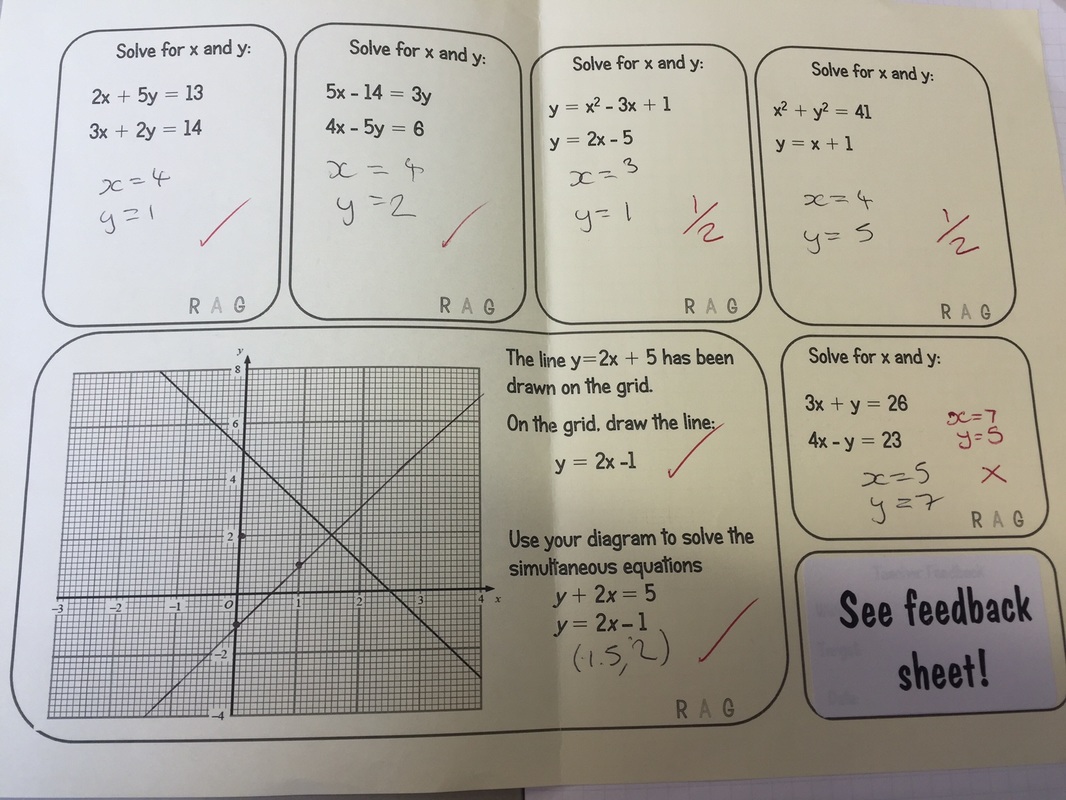
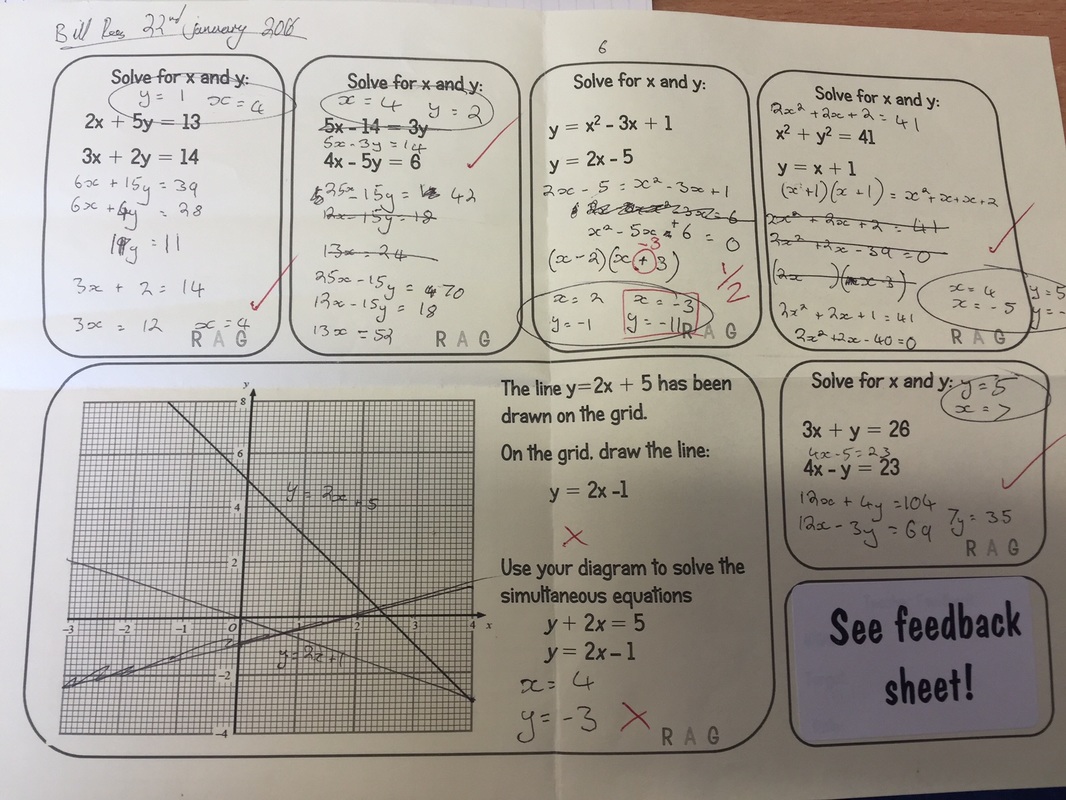
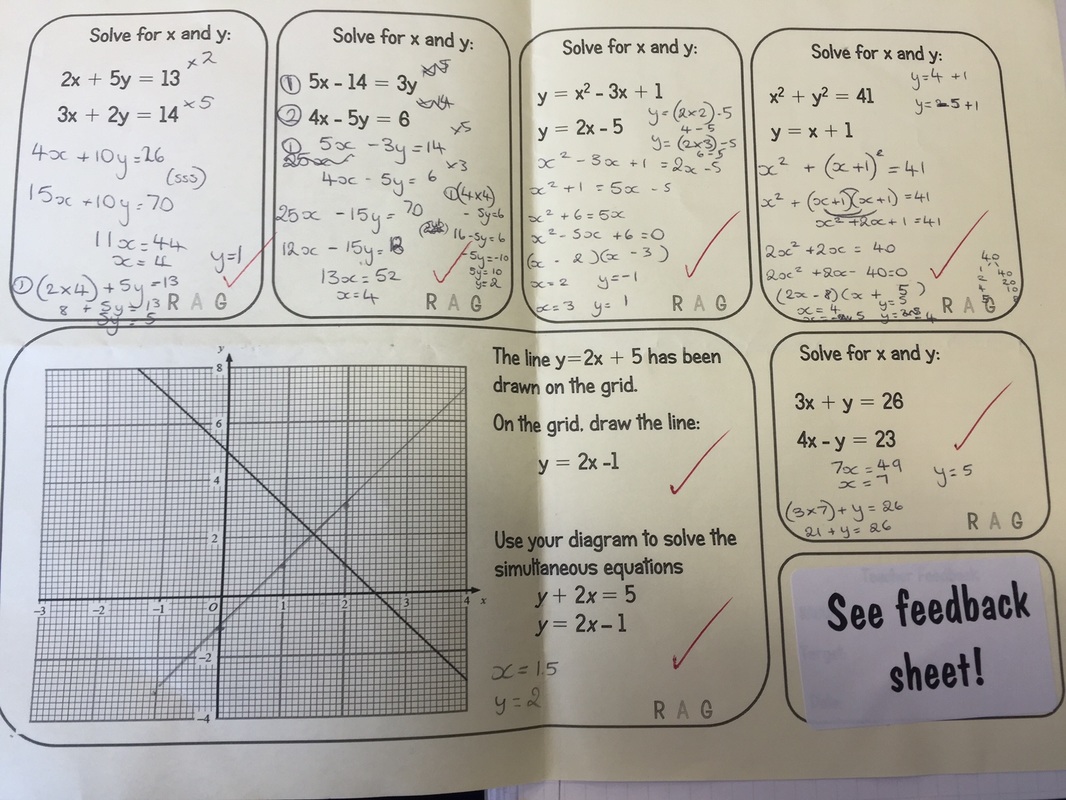
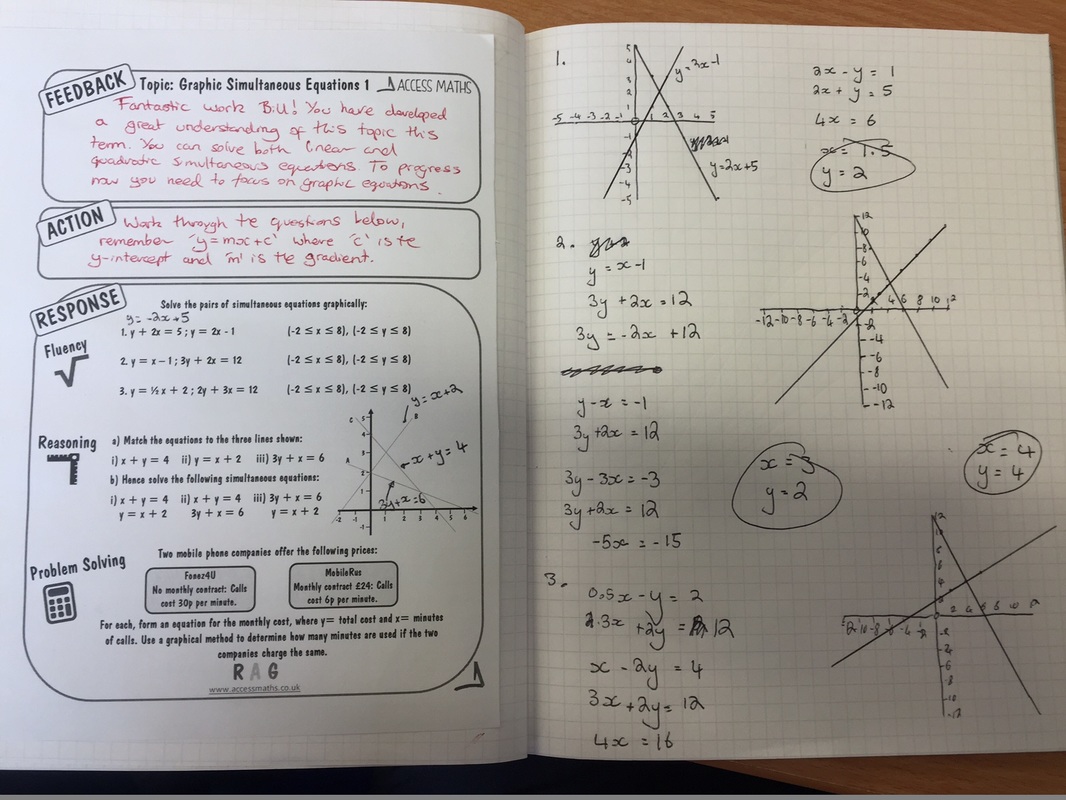
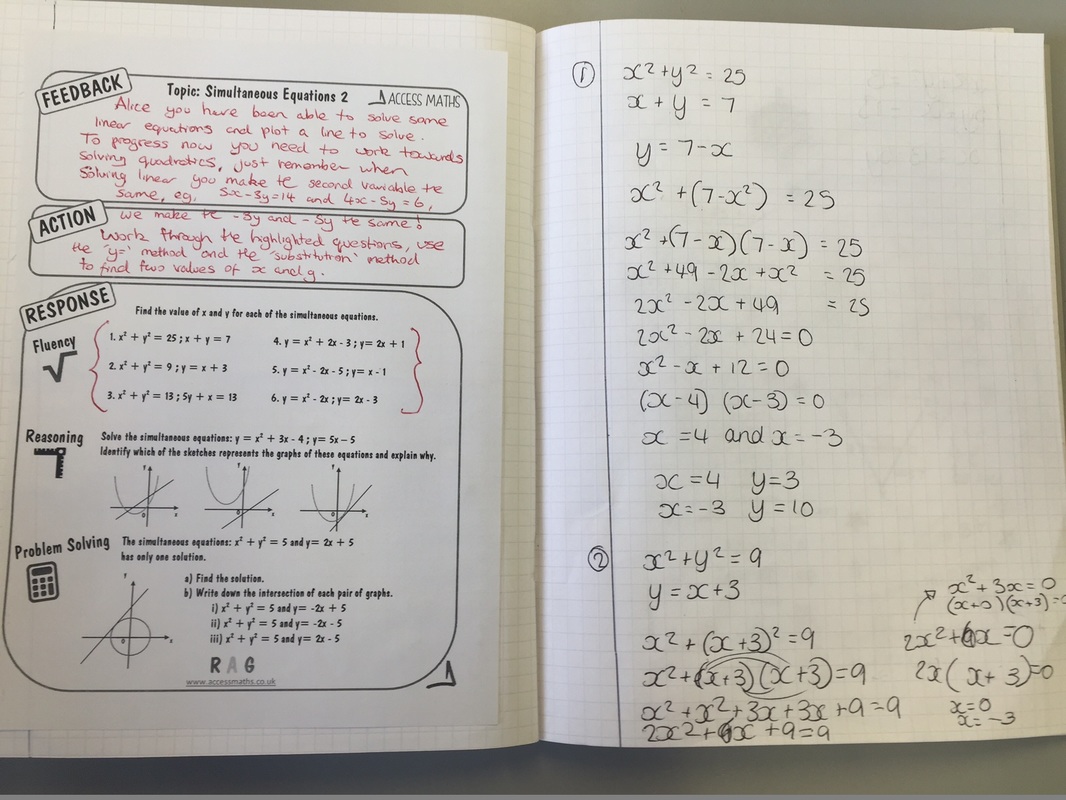
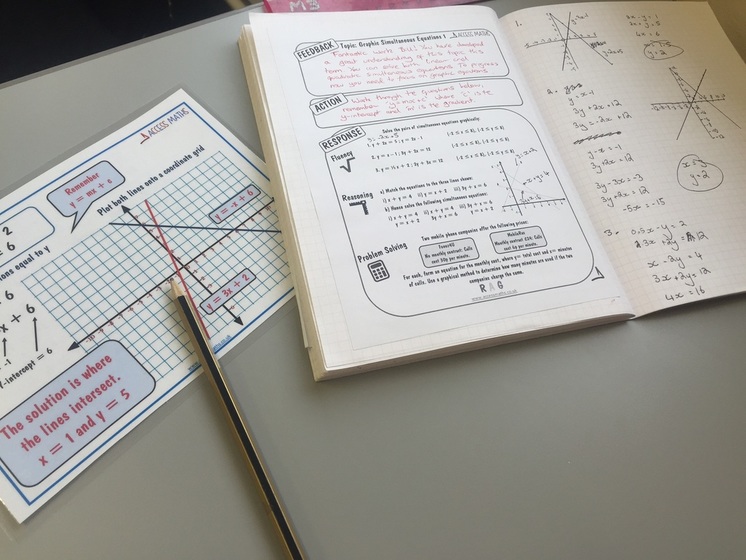
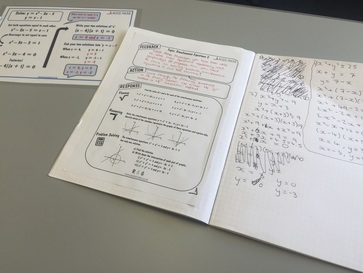
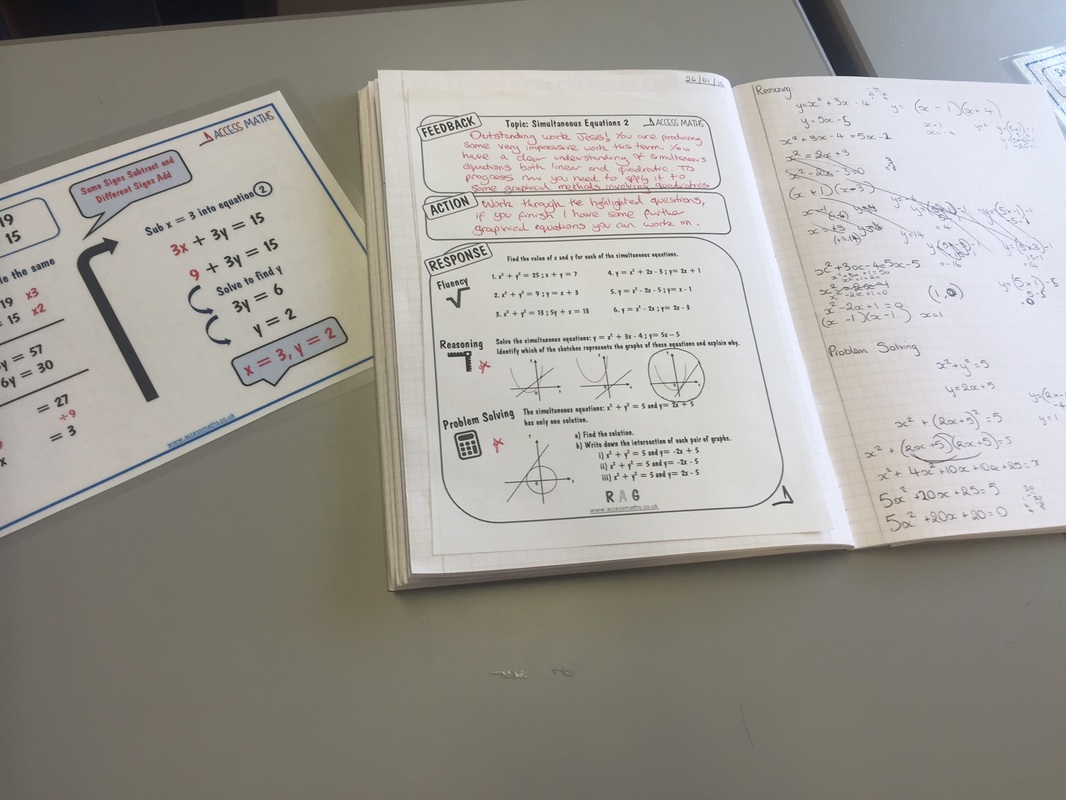
 RSS Feed
RSS Feed